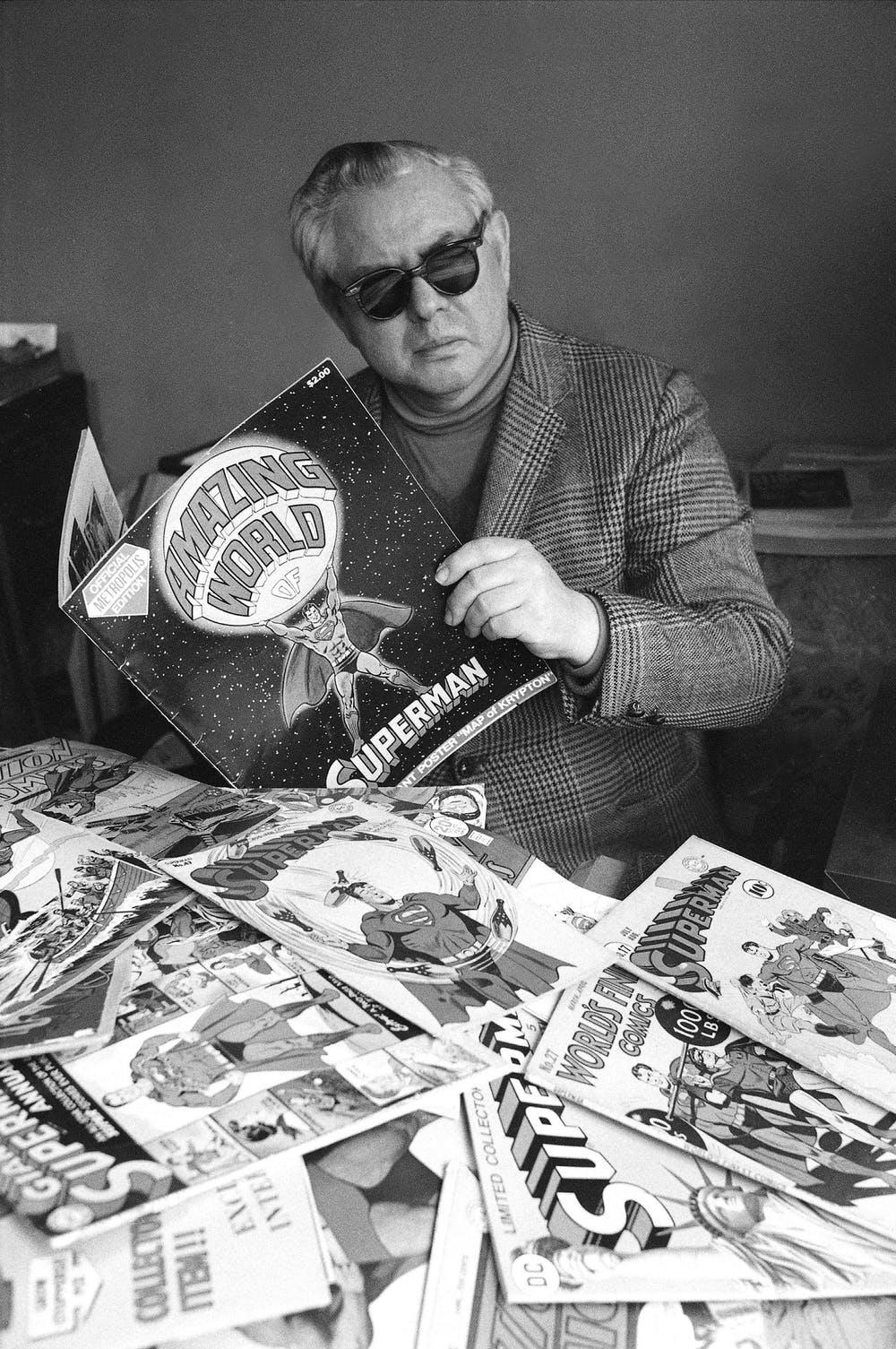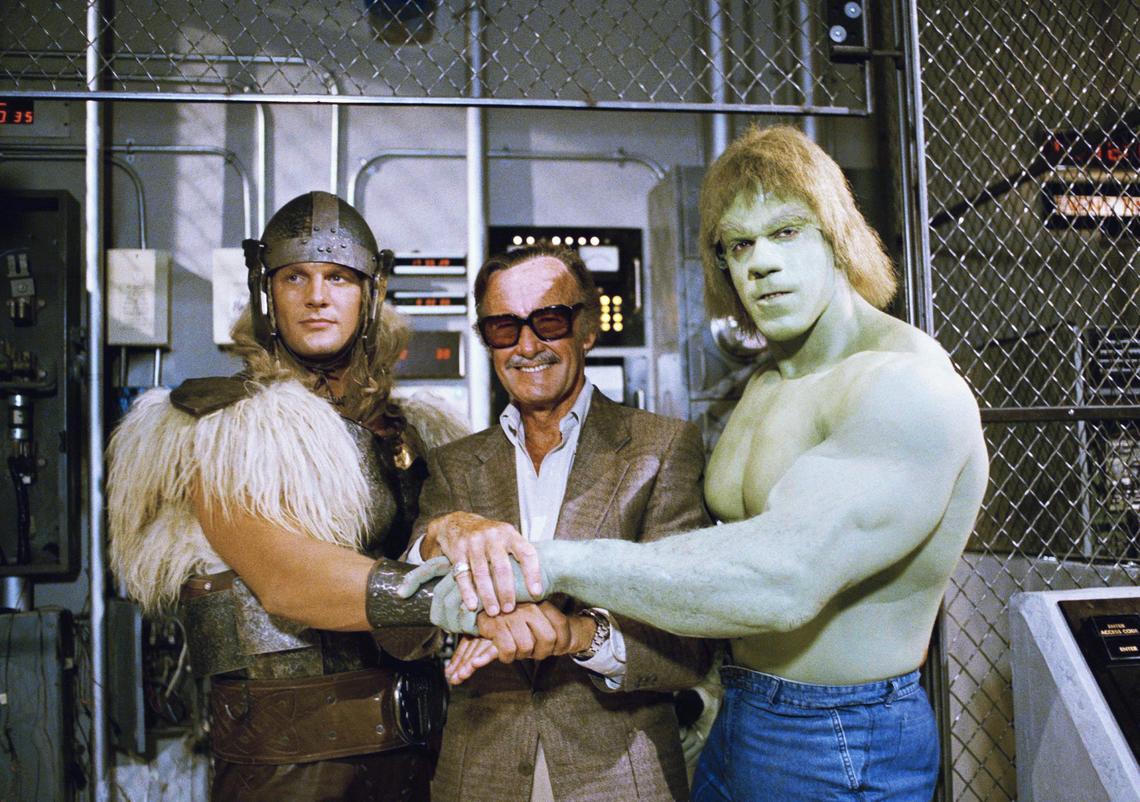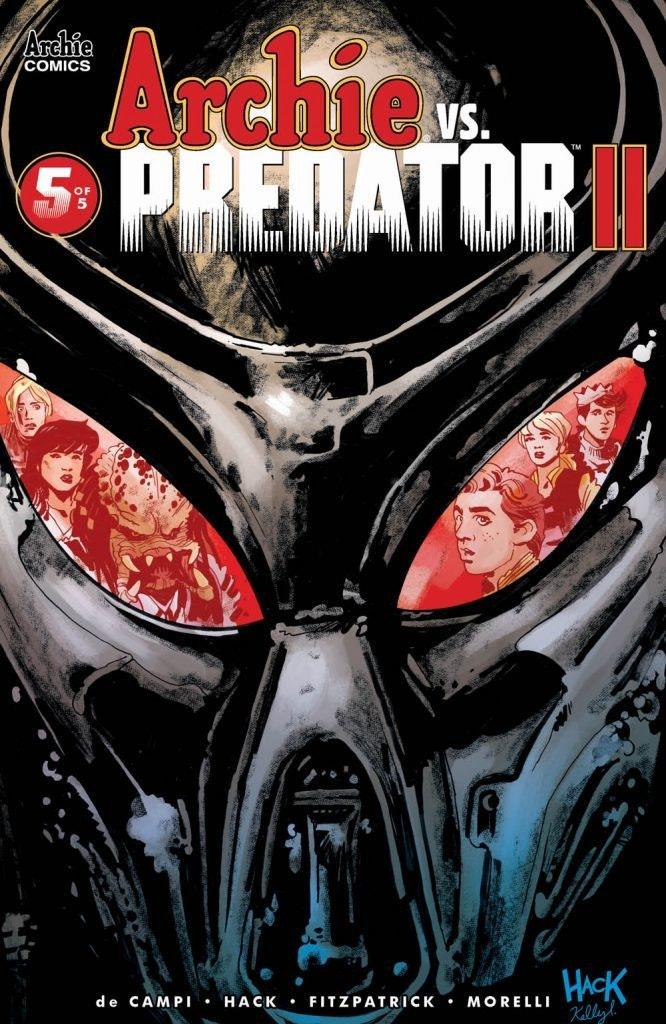April 7, 2020
Comics vs. coronavirus: Comics industry shut down for the first time in almost a century

Last week, the producers behind a number of comic book-derived movies and TV shows announced delays for their franchises: release dates for Wonder Woman and Black Widow were pushed ahead, while The Walking Dead announced that COVID-19 had made it impossible for the show to complete work on the current season and that the finale was being delayed.
- Image above: The cover of Batman Giant #4, which was expected in stores this April 1, 2020. DC Comics
But what of the comic books that spawned these blockbuster franchises?
On March 23, Steve Geppi, CEO of Diamond Comic Distributors, announced the closing of the distribution system that holds a near-monopoly on the circulation of comic books in North America. He cited a number of problems related to the COVID-19 pandemic: comic retailers can’t service customers, publishing partners are having supply chain issues and shipping is delayed. He wrote his “only logical conclusion is to cease the distribution of new weekly product until there is greater clarity on the progress made toward stemming the spread of this disease.”
New Comics Day has occurred every Wednesday since the creation of the direct market in the 1970s, as die-hard fans rush to buy new books before spoilers pop up online.
But no longer: This week, for the first time in more than 80 years, no new comic books will ship to shops, and production is on hold into the foreseeable future. No previous global event — not the Second World War, not 9/11 — has previously shuttered the comic book industry.
To understand how this single decision could transform the operations of comic book publishers owned by Disney (Marvel Comics) and AT&T (DC Comics), among dozens of others, as well as comic production, consumption and culture, one needs to understand how the status of the comic book has shifted over the past century.
Bygone newsstand days
As Jean-Paul Gabilliet, professor of North American studies at Université Bordeaux demonstrates, the comic book form emerged in the 1930s as a promotional giveaway for department stores and gas stations before it migrated to the newsstand as a part of the larger magazine industry.

Joe Shuster with Superman comic books based on the character he and writer Jerry Siegel created.
AP Photo
Despite some fits and starts, the format took off based the success of Superman, created in spring 1938, and the many imitation superheroes his popularity spawned as comic books became a staple of the newsstand. Circulation grew during the war, and exploded shortly after as new publishers initiated new genres like crime, romance and horror comic books.
By 1952, the peak year for comic book sales in the United States, comic books were a formidable cultural presence. But the rise of television, changes to the magazine distribution system and criticisms of the industry by public figures led to an industry-wide collapse of sales. Comic books limped through the 1960s as a cheap disposable form of entertainment for children, found on magazine racks that catered to parents.
By the 1970s, the American comic book had lost its status as a mass medium. At the same time, a rapidly growing network of used comic-book dealers began to spring up at flea markets, conventions, bookstores and eventually specialty stores that catered to a devoted set of comic collectors. The growing fan network presented a life raft to the industry.
1970s turning point
The turning point, as American writer and reporter Dan Gearino points out in his history of comic book stores, came in 1972 when a convention organizer named Phil Seuling convinced the major publishers to wholesale new issues to him on a non-returnable basis.

Stan Lee, standing, discusses a Spiderman comic cover with artist John Romita at Marvel headquarters
AP Photo
This appealed to the publishers, who were accustomed to routinely over-printing comic books by the hundreds of thousands to supply the inefficient system of mom-and-pop corner stores that retailed their work. Seuling’s model shifted risk from the publisher to the retailer, who ordered product on a non-returnable basis, but it facilitated the growth of a network of thousands of comic book shops across North America.
For more than two decades, comic book shops were supplied by a network of regional wholesale distributors that served specific geographic regions based on the location of their warehouses. This changed at the end of 1994 when Marvel Comics bought Heroes World, the third largest distributor.
Marvel meets Diamond
American writer Sean Howe’s history of Marvel Comics details how, in July 1995, the company made their new subsidiary the exclusive supplier of their market-leading product, reducing income at the other distributors by a third. A scramble ensued, with Geppi’s Diamond securing the rights to DC Comics and Image Comics, the next two largest publishers after Marvel. Other publishers quickly fell in line, signing exclusive deals with Diamond and bankrupting the regional distributors.
When Heroes World proved incapable of supporting Marvel’s needs, the company folded in 1996 and Marvel joined forces with Diamond, the only other distributor still standing. That same year, the Bill Clinton government began investigating Diamond as a monopoly. But the government dismissed the case in 2000, finding that the new company was not monopolistic because comic books were only a small part of the overall publishing industry.

Los Angeles, Calif., May 1998.
- Photo above: Marvel comics impresario Stan Lee, centre, poses with Lou Ferrigno, right, and Eric Kramer, left, who portray The Incredible Hulk and Thor, respectively, in The Incredible Hulk Returns. AP Photo/Nick Ut
The situation remained largely unchanged for more than 20 years. Diamond is the exclusive dealer of comic books to the a network of thousands of comic book stores who have continued to order on a non-returnable basis. Until now.
‘Pencils down’
The consequences of Diamond’s decision are immediate and wide-reaching. In closing their warehouses to new product, publishers have alerted printers to stop. Comic book freelancers recently began tweeting they’d received “pencils down” messages from publishers curtailing production.
Communication to comic book retailers, creative personnel and fans has been haphazard as the large publishers scramble to plan for an uncertain future. Many are concerned about the growing digital footprint of comic book publishers.
Since 2011, most comic books have been released to comic book stores and in electronic format to consumers through platforms like Comixology (a subsidiary of Amazon) on the same day.

Archie vs. Predator !!
Archie Comics
With a protracted closure of the distribution system, publishers like Marvel and DC could continue to move forward with electronic sales, which would inevitably bolster that end of their business at the expense of their retail partners. Archie Comics has announced that they will release some April titles digitally.
If several months passed with electronic sales but no physical comic book sales, it’s uncertain that those printed books would ever find an audience. An extended pause by the biggest publishers, on the other hand, would undoubtedly spur comics creators to pursue new projects either online or through the book trade.
This could accelerate a shift away from comic collectors’ habitual buying that take place comic shops as establishments that foster unique social relations, as described by Benjamin Woo, associate professor of communication and media studies at Carleton University.
While comic books sales proved remarkably resilient during the 2008 financial crisis, if the current situation breaks readers’ buying habits for a few months, they might never return in the same way.
This is a corrected version of a story originally published on March 30, 2020. The earlier story said Diamond Comic Distributors made an announcement March 24 instead of March 23.




